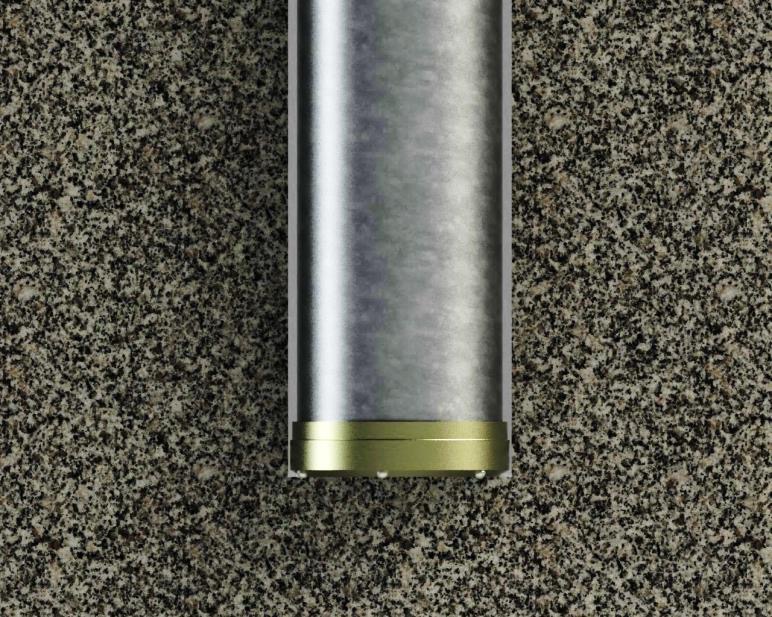Down-the-Hole Drilling
The directive about piles defines the structure of current drilled piles. Drilled piling has become increasingly common and pole sizes have grown while also the variety in the ways of working and competition have led to different kinds of ideas about the use of down-the-hole drilling and piling.
The lack of work instructions and training means that Sotkamon Porakaivo builds its own quality criteria while simultaneously influencing the common quality system of the industry.
Securing Quality
- The straightness of drilled piles is secured by the right equipment and the good condition of the machine
- There is a control system for maintaining the straightness of walls when drilling sheet pile pipes
- The welding seams and drifting are checked regularly
- Active participation in the development of air control drilling bit system
- Sotkamon Porapaalu Oy has patented a system for grouting the space between the rock and the pole
- Sotkamon Porapaalu Oy participates in the development of increasing the durability tensile loads of the envelope of a pole that is supported by its tip



A Pioneer in Down-the-Hole Drilling
Development of Machinery
- 1996 Klemm’s heavy anchoring rig that was modified to be used in piling and was equipped with a soy collecting system as the first machine in the world
- 2002 first precision holes to rock in Päijänne Tunnel
- 2004 DTH piling machine developed from Bauer’s RGT type platform
- 2010 DTH piling machine for large diameters developed with Enteco
- 2011 first attempts in Finland to drill a 1220 mm pile
- 2013 first groutings between a pile (1016 mm) and rock in Joensuu
- 2014 precision holes to rock of 715 mm diameter to Vantaa airport
- 2016 Finland’s first 1220 mm drilled piles installed in Jämsä

Quality criteria for Basic piling
Drilling bits
There are also mechanical multi-use expanders coming to the market that were originally meant for drilling the working pipe only to the surface of the rock. These mechanisms risk leaving the mouth of the pipe 10-20 cm from the surface of the rock depending on the diameter.
Rocks remaining under pipe can prevent the pile from being securely supported by the rock. These methods of drilling were not originally meant for underground pipes that bear a burden.
Traditional ring bits and all so-called wing bits push the air forwards meaning straight into the soil. Letting too much air escape and the resulting airlift pumping cause a danger to the existing surrounding structures.
We use ring bit equipment also in order to drill the bottom of the pile to intact rock for at least the depth of three times its diameter. The ring head also enables the use of light machines with large diameters.
We use ring bit equipment according to the original regulations for bored piles because then the pile always stays firmly against the surface of the rock. By driving it at the end we make sure that there will be no drifting.




